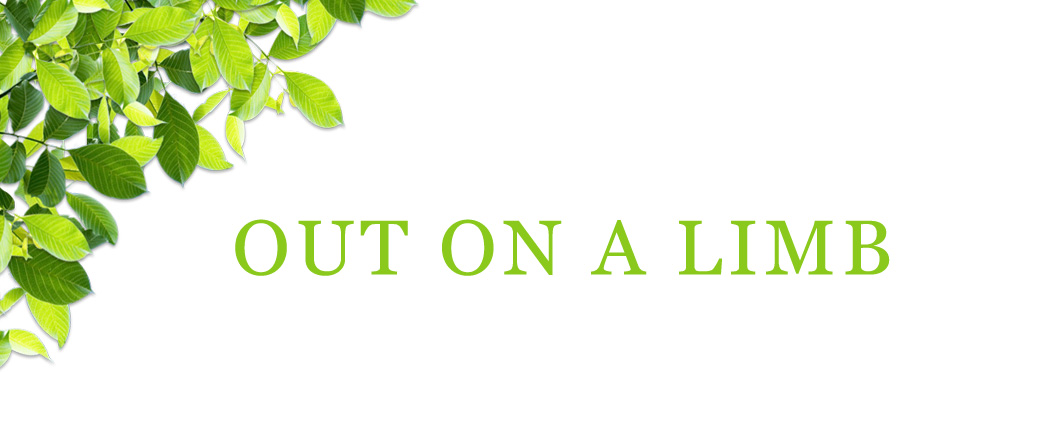Things that Don’t Fit
There are precious few among us who don’t have nice items at the back of our closets that don’t fit. They stay there because we promise that someday, somehow, we will lose enough weight to wear them again. But, sadly, even if we do achieve a former level of svelteness, we often find the clothes are just too démodé to wear.
But clothes are not the only things that do not fit in changing times. Monday evening, I went to the supermarket to purchase some last-minute Halloween candy and what did I find? One or two lonely boxes of Halloween candy sandwiched between rows of Christmas goodies. Bright orange decorations adorned with spiders, cobwebs and witches had been consigned to a grab-bag of 50-percent-off items at the front of the store while reindeer, snowmen and frosted wreaths were being put out on shelves throughout the building.
There was no time to draw a breath between the $10.14 billion monster mash of Halloween and the $886.7 billion (2021 figure) spending glut of Christmas. Surely, the two holidays do not belong together—one focuses on horror, the other on the hope of a loving world. Their only common denominator? Money.
Merchants, watching their bottom lines, race from one commercial boon to another, barely glancing at Thanksgiving, which at $1 billion spent last year, offers few economic opportunities other than for the grocer. Yet (except for the 46 million turkeys sacrificed each year) Thanksgiving more clearly reflects the feeling of the Yuletide season than Halloween. Imagine: we spent $3 billion on Halloween candy in 2021, ensuring a sugar-high that lasted for weeks for the nation’s 24 million young children but only $1 billion on nurturing food for the day our families gather to give thanks for our many blessings. Am I the only one who thinks this doesn’t fit?
The emergence of Halloween as a commercial powerhouse has mirrored the involvement of adults in what was previously a children’s holiday. In 2005, just over half of adults celebrated Halloween, a figure that has grown to more than 70 percent today. The majority of these celebrants are between 18 and 34 years old, and this makes a modicum of sense. In an age when we rarely let our children out of our sight, it follows that this age group would dress up as they escort their toddlers from door to door.
But to quote the reprehensible Elon Musk—a Halloween character in his own right—"There is a tiny possibility there might be more to this story than meets the eye.” My generation walked our costumed children around the block without assuming fanciful identities. Why do the Millennials feel the need? Are they unable, as the Bible suggests, to “set aside childish things”?
Some sociologists suggest that traditional markers of adult responsibility and independence—family, career and home ownership—have been delayed or abandoned altogether. Transitions to adulthood, they say, have become uncertain, drawn out and complicated.
“When everyone is wearing a dumb outfit and surrounded by tacky decorations, you all withhold judgment together. You might even remember, just for a second, who you were as a young child: unencumbered by pretensions and insecurities, present and goofy and willing to take things as they are,” writes Faith Hill, an associate editor at The Atlantic, in an article on the subject.
In the grim world we occupy today, maybe assumption of adulthood is as démodé as the clothes in the back of my closet. But, maybe, just maybe, we should emulate children in a more important way, one more congruent with maturity. Little people experience the world in the present, savoring it as it unfolds before them. Perhaps we should join them, becoming mindful of the moments of our lives rather than racing toward the next big event. If we again learn to relish the moment, maybe we can shed some of the psychic weight that makes our lives fit so tight.

